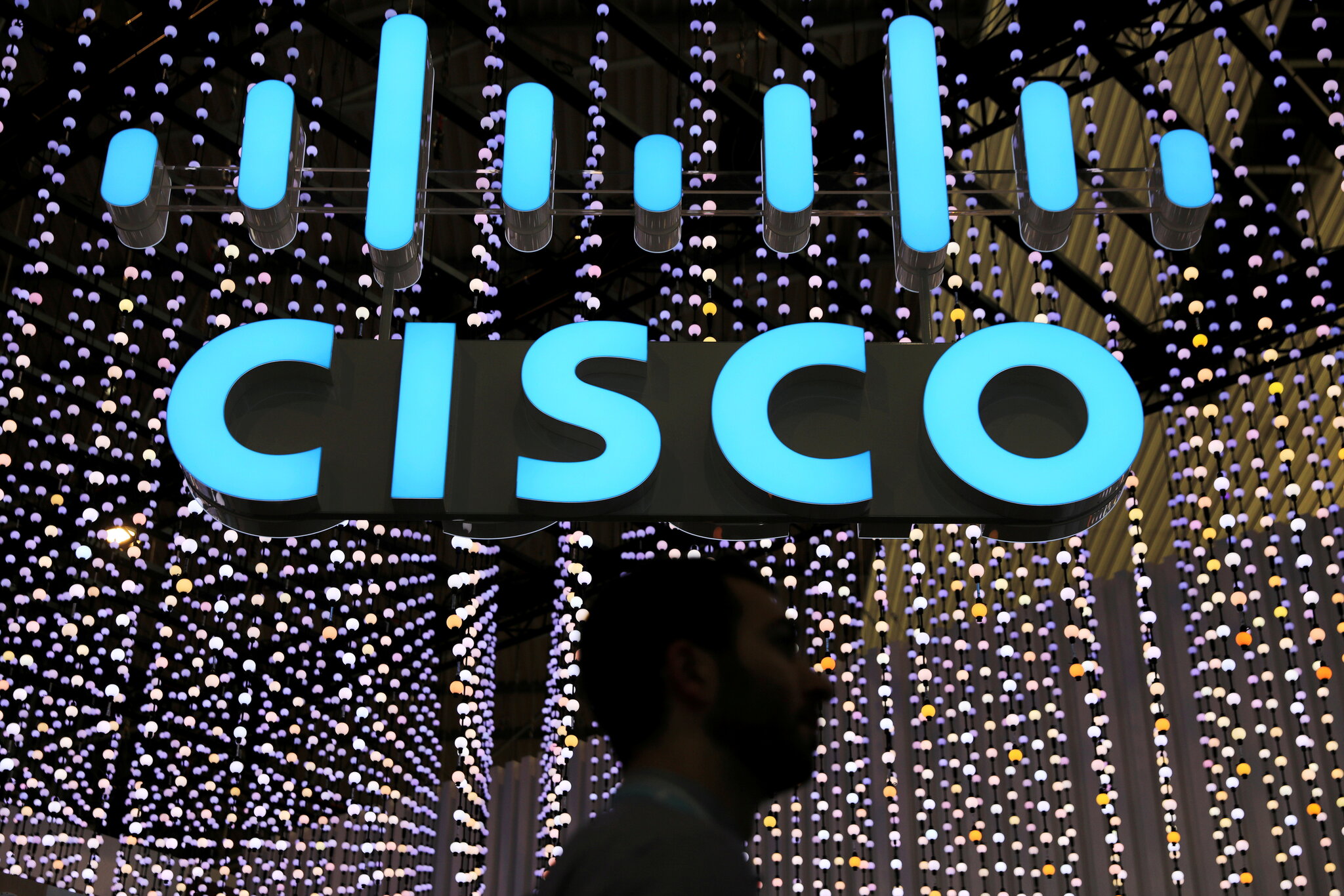

The global technology conglomerate Cisco has simplified the licensing scheme for its Intersight cloud-operations management platform, aiming to streamline how enterprises buy its software. With this simplification, Cisco has moved from a four-tiered licensing menu to two tiers named Essentials and Advantage. The SaaS-delivered Intersight package manages a variety of systems, from Kubernetes containers to applications, servers, and hyper-converged environments from a single location.
Under the Essentials tier, Cisco provides full lifecycle operations with proactive support and service for use cases such as managing server profiles/policies, firmware updates, proactive health monitoring, and security advisories. The Advantage package includes Essentials and adds platform and ecosystem automation for use cases such as low/no-code cloud orchestration, advanced server operations, multi-domain visibility, and third-party integration, such as IT Service Management (ITSM) platforms.
The primary advantage of the new licensing scheme is that it is much simpler, and customers can purchase the specific services they require. Enterprises can access a wide range of features and capabilities under a single subscription model that meets their current and future requirements. The licensing scheme simplification helps users avoid unnecessary purchases and redundancies and promotes overall transparency in IT operations.
In addition to the licensing changes, Cisco is offering a bundle that includes Intersight plus hardware. For a limited time, enterprises can access up to four USC X-Series Chassis and a pair of Fabric Interconnects, along with up to 40% off Cisco Intersight Workload Optimizer (IWO), which monitors workload consumption, costs, and policy constraints across cloud resources. However, to be eligible, enterprises must purchase at least six UCS X210 compute nodes with an Intersight license subscription per node to qualify for a maximum of four of the chassis and pair of UCS Fabric Interconnects per customer.
The newly introduced bundle offers elements of a roadmap that Cisco believes can lead enterprises to enable more energy-efficient infrastructure using fewer devices. The compute nodes are housed in the chassis, while the Fabric Interconnects unite servers into a single management domain and connect them to the LANs and SANs within the domain. IWO dynamically recommends and initiates automated actions to ensure that on-premises and cloud IT resources match the real-time demand of application workloads.
Cisco recently added new high-end X Series servers, the four-socket UCS X410c M7 and the two-socket UCS X 210 M7, based on Intel 4th Generation Xeon Scalable processors. These processors are more powerful and energy-efficient than the previous generation, reducing power consumption by 31% over existing models. In some cases, that means cutting the number of systems required by three quarters, according to Cisco.
“The ability to achieve sustainability from policies and management at scale through Cisco Intersight—that provides customers with global control of sustainability policies as well as fine-tuned visibility and control of other operations,” Mahesh Natarajan, senior director of product management with Cisco’s Compute group, said.
In conclusion, Cisco’s newly simplified licensing scheme helps enterprises access a wide range of features and capabilities under a single subscription model that meets their current and future requirements. By bundling Intersight with hardware, enterprises can enable more energy-efficient infrastructure using fewer devices.
Are you interested in these Cisco products? Welcome to learn details and check the price on Router-switch.com.
Do you have any question about the Cisco products price?
Contact us now via Live Chat or sales@router-switch.com. Just enjoy up to 5% off to get the new factory-sealed Cisco products!
Check More Cisco Products:
Read More:
Aruba Networks Issues Security Advisory for Six Critical Flaws in ArubaOS
Cisco Showcases New IoT Solutions at MWC23 for Simplified Management and Accelerated 5G Innovation
Huawei Unveils 3 New Solutions During MWC 2023 — FTTR OptiXstar F30, 50G PON, and OptiX Alps-WDM


